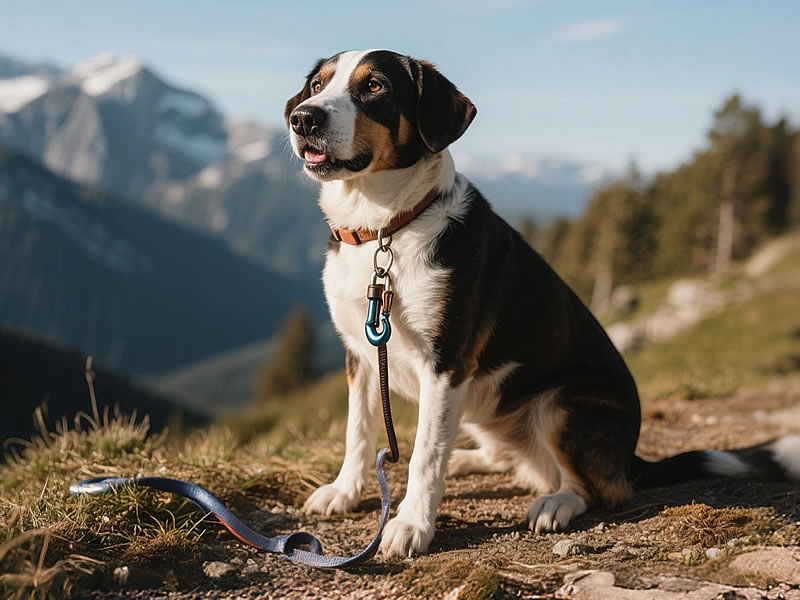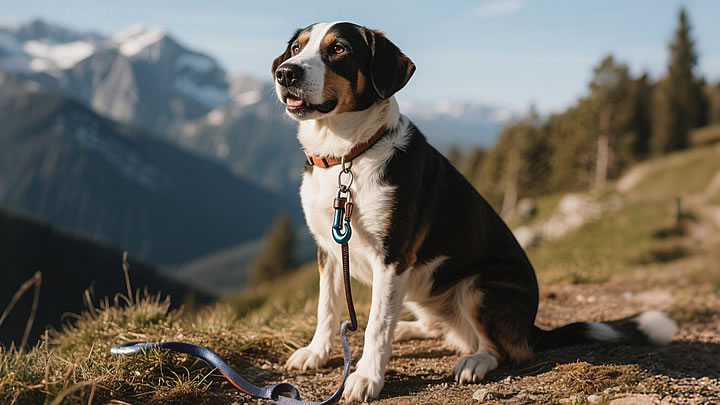Pet Carebiner Hiking Tips: Safety and Freedom on the Trail
Hiking with your dog offers unforgettable adventures—fresh air, stunning views, and shared moments in nature. A pet carebiner can elevate this experience by providing secure, hands-free convenience, letting you focus on the trail ahead. But the wilderness demands more preparation than a neighborhood stroll. Here’s how to use a pet carebiner safely and effectively on your next hike.

Choose the Right Gear
Not all carebiners are equal. For hiking, select a locking carabiner (screw-lock or auto-lock) made of lightweight but durable aluminum. It must withstand sudden pulls without failing. Pair it with a rugged leash and a well-fitting harness for your dog—never attach a carebiner to a collar, as this risks injury if your dog lunges.
Optimal Attachment Points
Clip the carebiner to your backpack’s hip belt D-ring. This spot offers stability by anchoring your dog’s pulls to your core, improving balance on uneven terrain. Avoid shoulder-strap attachments—they can throw you off-balance. For added security, use a climbing-grade carabiner if your dog is strong or reactive.
Pre-Hike Safety Check
- Inspect the carabiner: Ensure the gate opens smoothly and locks fully.
- Test the leash: Check for fraying or weak clips.
- Assess your dog’s behavior: If your pup is easily distracted by wildlife, keep the leash shorter and maintain closer control.
On the Trail: Awareness and Adaptability
- Stay alert: Scan for obstacles like low branches, rocky passes, or steep drop-offs where a taut leash could become hazardous.
- Prevent tangling: In narrow sections, temporarily shorten the leash or hold it directly.
- Hydration breaks: Use the carebiner to secure your dog to a fixed object (e.g., a tree trunk) while you unpack water—but never leave them unattended.
Weather and Terrain Considerations
- Wet conditions: Moisture can sometimes stiffen locking mechanisms. Check periodically that the carabiner remains secure.
- Rocky trails: A sudden leap onto boulders could jerk the leash. Maintain a relaxed grip to avoid transferring unexpected force to your hips.
Alternatives to Know
For highly technical trails, consider a hands-free waist leash with an integrated bungee section. It offers shock absorption and may be more comfortable for long distances than a rigid carabiner-backpack setup.
Post-Hike Care
Rinse the carabiner with fresh water if it’s been exposed to mud or salt, and dry it thoroughly to prevent corrosion.
With these tips, your carebiner becomes more than a convenience—it’s a tool for safer, smoother, and more enjoyable mountain memories with your four-legged explorer.






